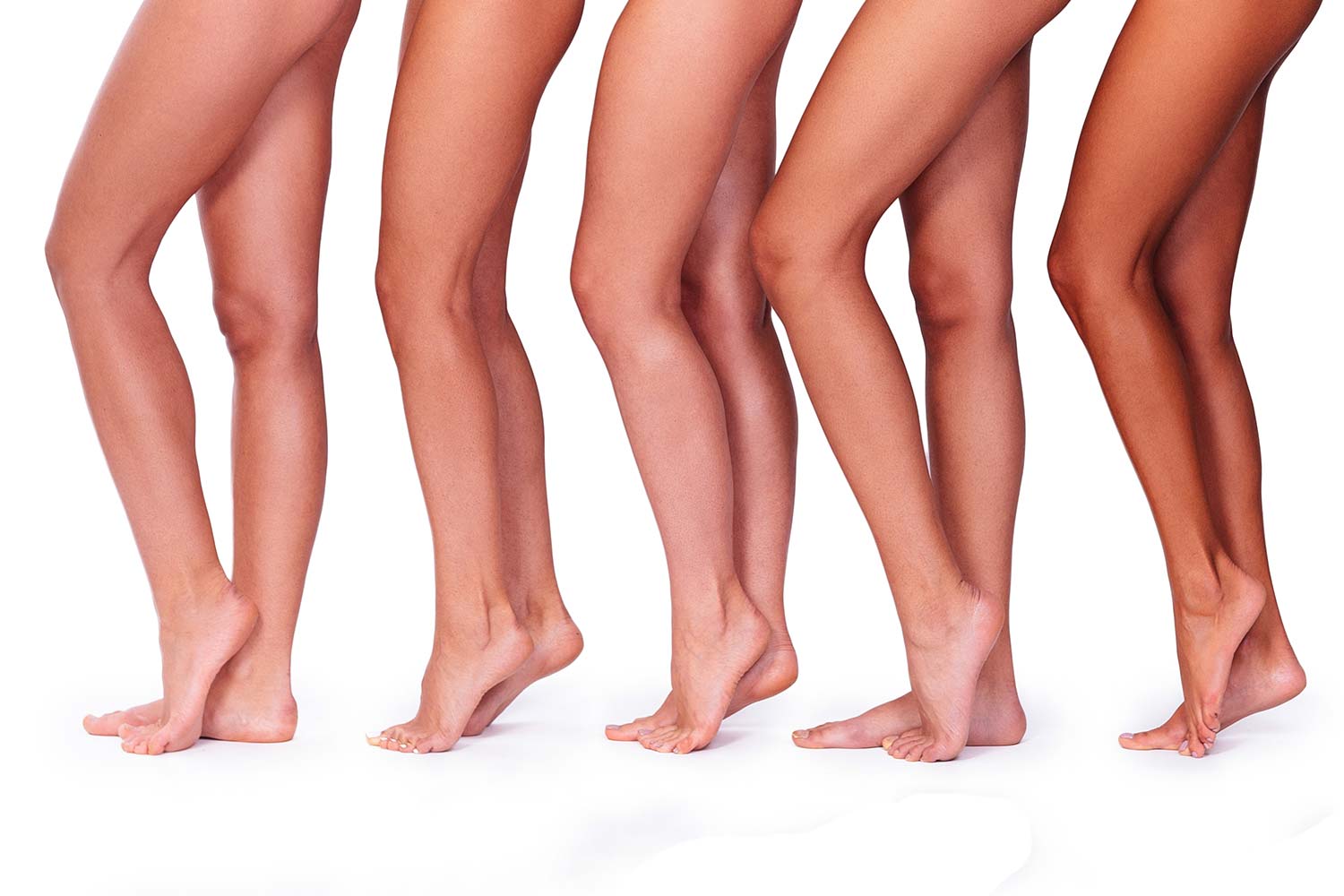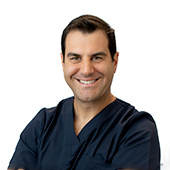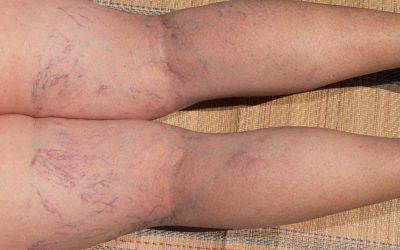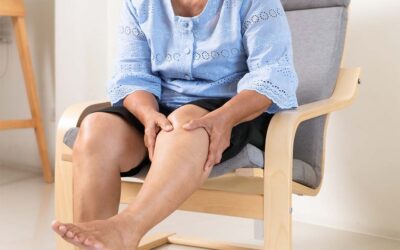In affected veins, the one-way valves that help to pump blood around the body weaken and fail. This causes blood to leak backward through the valve and it starts to pool in the one place, putting pressure on surrounding valves and blood vessel walls, and causing the squiggly, bulging veins that pop out on the surface of the skin.
How does Deep Vein Thrombosis come into this?
If the body mistakes a varicose vein’s damaged blood vessel valves, walls and pooling of blood as a loss of blood, as in a cut or injury, a blood clot could form in an effort to stop the “bleeding”. As there’s not actually any blood loss in a varicose vein, just a pooling, the clot just sits there blocking the flow of blood.
Deep or Superficial?
If the clot occurs in a superficial vein, this can cause inflammation of the adjacent skin and fat, red tender lumps develop and often the whole limb will become swollen. This is called superficial thrombophlebitis (STP).
If the clot occurs in a deep vein the clot can break off and travel to the lungs leading to a very serious condition called pulmonary embolism (PE), which may be life-threatening. DVT can also inhibit the return of blood to the heart, and result in swelling, pain and inflammation of the affected limb.
How to Prevent Deep Vein Thrombosis
The best form of treatment is prevention. Leading a healthy lifestyle, regular exercise, not smoking and avoiding certain inflammatory medications can help lower the risk of developing Deep Vein Thrombosis. If you suffer from varicose veins, your risk for DVT may elevate significantly. For example, traveling on a long haul plane flight with varicose veins will cause a moderate to severe increase in your risk of Deep Vein Thrombosis. Therefore, we recommend addressing your varicose vein problem by treating it safely and effectively with one of the many accredited and government approved technologies now available.
What are some of the examples of Treatments available to treat Varicose Veins?
Two of the most popular vein treatments today involve thermal (heat-based) closure of large internal varicose veins. Endovenous Laser and Radiofrequency Ablation are both available on the Medicare Benefits Schedule and are the two most widely used vein treatments today. Of course, Ultrasound Guided Sclerotherapy forms the crux of all vein treatments and is an essential component of a patient’s management plan. We are now seeing an increasing number of patients being treated with VenaSeal Adhesive Glue.






